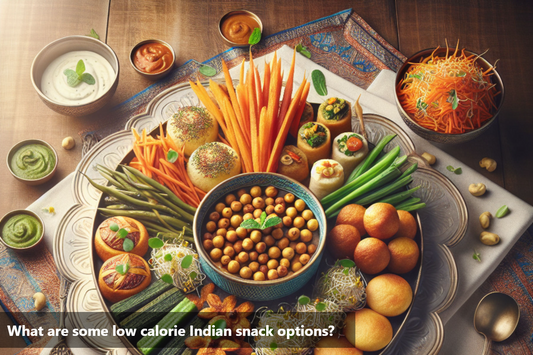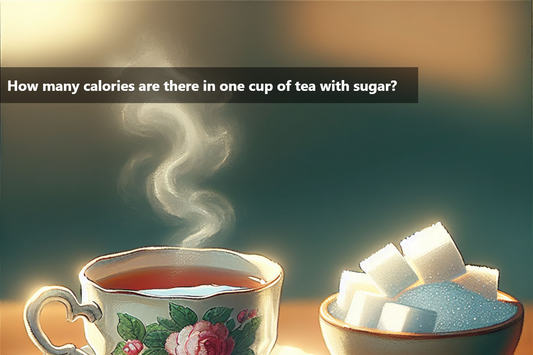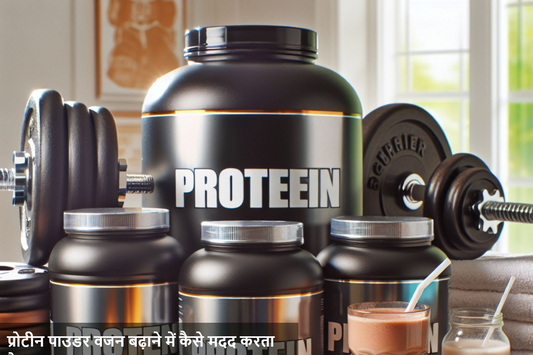Bajra, also known as pearl millet, is a versatile grain with a rich history and numerous health benefits. Bajra is a nutrient-dense grain that offers a wide range of health benefits. Packed with essential vitamins and minerals, it is known for its high fiber content, which aids in digestion and promotes a feeling of fullness. Additionally, bajra is gluten-free, making it a suitable option for individuals with gluten sensitivities.
One of the most popular ways to enjoy bajra is by making bajra roti, a traditional Indian flatbread. Bajra roti is not only delicious but also a healthier alternative to wheat roti, thanks to its lower glycemic index and higher nutritional value. When paired with nutritious sides like vegetables or lentils, it makes for a well-balanced meal.
Nutritional Profile of Bajra
The nutritional value of 100grams of Bajra (pearl millet):
|
Energy |
360–361 calories |
|
Protein |
10.96–11.6 grams |
|
Dietary fiber |
11.49–11.3 grams |
|
Fat |
5.43–5 grams |
|
Carbohydrates |
61.78–67.5 grams |
|
Moisture |
12 grams |
|
Calcium |
27.35–42 milligrams |
|
Phosphorus |
242 milligrams |
|
Iron |
6.42–8 milligrams |
|
Magnesium |
124 milligrams |
|
Potassium |
365 milligrams |
|
Zinc |
2.76 milligrams |
Health Benefits of Bajra
-
Weight Management: Bajra is a rich source of fiber, which aids in promoting a feeling of fullness and reducing overall calorie intake. Consuming bajra can support weight management by helping you feel satisfied for longer periods and preventing overeating.
-
Digestive Health: The high fiber content in bajra not only assists in weight management but also promotes digestive health. Fiber adds bulk to the stool, aiding in smooth bowel movements and preventing constipation. Regular consumption of bajra can help maintain a healthy digestive system.
-
Heart Health: Bajra is packed with nutrients like magnesium and potassium, which play a crucial role in maintaining heart health. These minerals help regulate blood pressure levels and support cardiovascular function, reducing the risk of heart diseases.
-
Rich in Nutrients: Bajra is a good source of essential nutrients such as iron, magnesium, phosphorus, and potassium. It also contains significant amounts of B vitamins, including niacin, thiamine, and riboflavin, which are important for energy production and overall health.
-
High in Fiber: Bajra is rich in dietary fiber, both soluble and insoluble, which promotes digestive health, prevents constipation, and supports a healthy gut microbiome. The fiber content also helps regulate blood sugar levels, making it beneficial for individuals with diabetes.
-
Gluten-Free: Bajra is naturally gluten-free, making it an excellent grain choice for those with celiac disease or gluten sensitivity.
-
Low Glycemic Index: Foods with a low glycemic index release glucose slowly into the bloodstream, helping to maintain stable blood sugar levels. Bajra has a relatively low glycemic index, making it a suitable choice for individuals aiming to manage blood sugar levels.
-
Heart Health: Bajra contains compounds like lignans and antioxidants that have been associated with lower cholesterol levels and reduced risk of cardiovascular diseases. Its magnesium content helps regulate blood pressure and maintain heart rhythm.
-
Weight Management: The high fiber content in bajra promotes satiety, helping to control appetite and reduce overall calorie intake, which may aid in weight management and obesity prevention.
-
Energy Boost: Bajra is a good source of complex carbohydrates, providing sustained energy release, making it a suitable food choice for active individuals and those with high energy demands.
-
Antioxidant Properties: Bajra contains antioxidants such as phenolic compounds and flavonoids, which help neutralize harmful free radicals in the body, reducing oxidative stress and lowering the risk of chronic diseases.
-
Bone Health: Bajra is rich in magnesium and phosphorus, essential minerals for maintaining bone health and preventing conditions like osteoporosis.
Incorporating Bajra into Your Diet
-
Breads and Rotis: Bajra flour is often used to make traditional flatbreads and rotis. Mixed with water and sometimes other flours like wheat flour or sorghum flour, bajra flour forms a dough that is rolled out into flatbreads and cooked on a griddle or tawa. These rotis are a staple in many Indian households and are often served with vegetables, curries, or lentils.
-
Porridge and Khichdi: Bajra can be cooked as a porridge or combined with lentils (such as moong dal) to make a nutritious khichdi. In these dishes, bajra is cooked with water or milk until soft and creamy, and then seasoned with spices and sometimes vegetables. Bajra porridge and khichdi are wholesome and comforting dishes commonly consumed for breakfast or as a light meal.
-
Snacks: Bajra is also used to make a variety of snacks. Bajra chips are thin slices of bajra dough that are deep-fried until crispy and seasoned with spices. Bajra popcorn is another popular snack made by popping bajra grains similarly to corn kernels. These snacks are crunchy, flavorful, and often enjoyed with tea or as a munchy treat.
-
Sweets and Desserts: Bajra is occasionally used in desserts and sweets as well. Bajra flour can be incorporated into kheer (a type of pudding) along with milk, sugar, and nuts to create a rich and creamy dessert. Bajra ladoos, made by combining roasted bajra flour with ghee, jaggery, and nuts, are also a delicious and nutritious sweet treat.
-
Soups and Stews: Bajra grains can be added to soups and stews to provide texture and substance. When cooked in liquid, bajra grains become tender and absorb the flavors of the other ingredients in the dish. Bajra adds a hearty and wholesome element to soups and stews, making them more filling and nutritious.
An Overview on Bajra (Pearl Millet)
Bajra, also known as pearl millet, is a nutrient-dense grain that offers a plethora of vitamins, minerals, and other essential nutrients that are beneficial for overall health. Including bajra roti in your diet can be a nutritious alternative to refined wheat flour, offering a gluten-free option for individuals with sensitivities. Embracing the benefits of bajra can be a simple yet impactful way to enhance your health and well-being. Start exploring the versatility of this ancient grain in your diet and experience the positive changes it can bring to your life.
This Blog post is an initiative by DiabeSmart, to provide accurate and Nutritionist / Doctor approved information related to Diabetes. DiabeSmart is India's first Food brand designed specifically for Diabetics, that has been clinically tested on Diabetics and Pre-Diabetics to deliver 55% - 70% lower Sugar spikes. DiabeSmart is part of Lo! Foods - India's leading brand for Everyday Functional Health foods.















